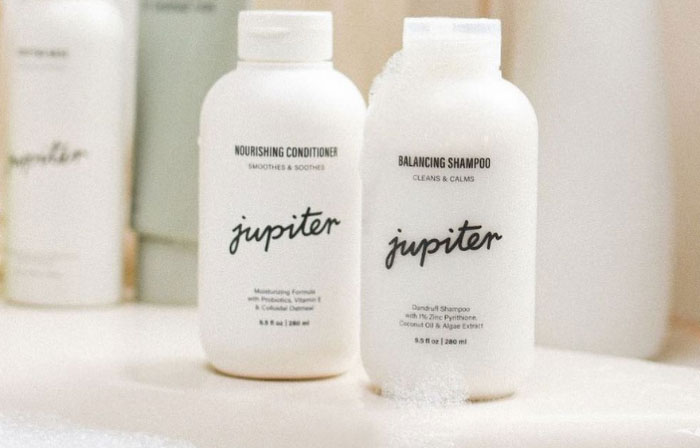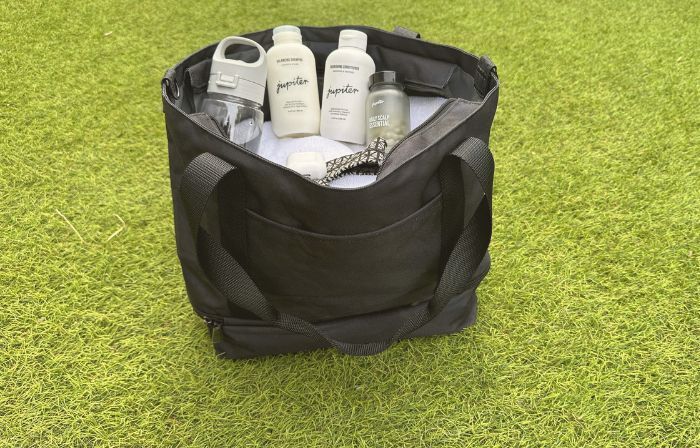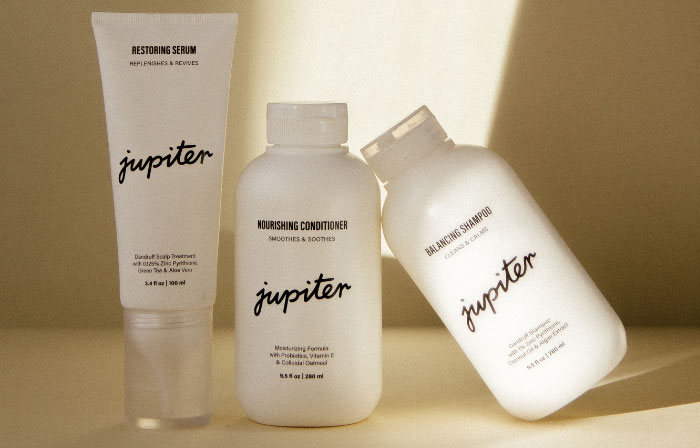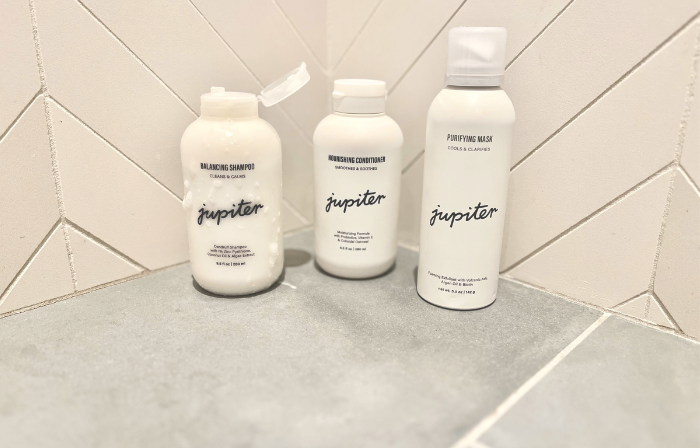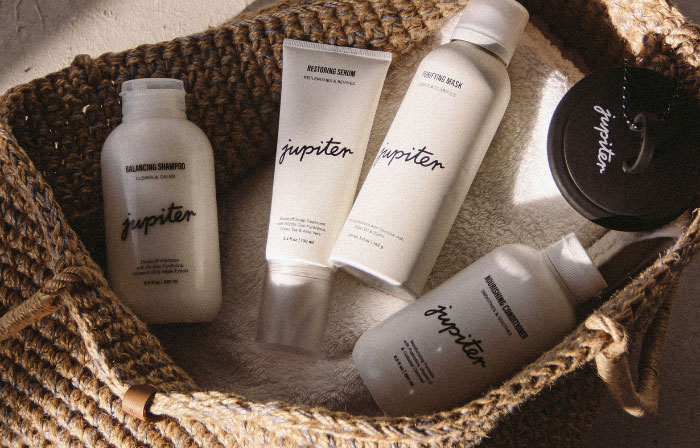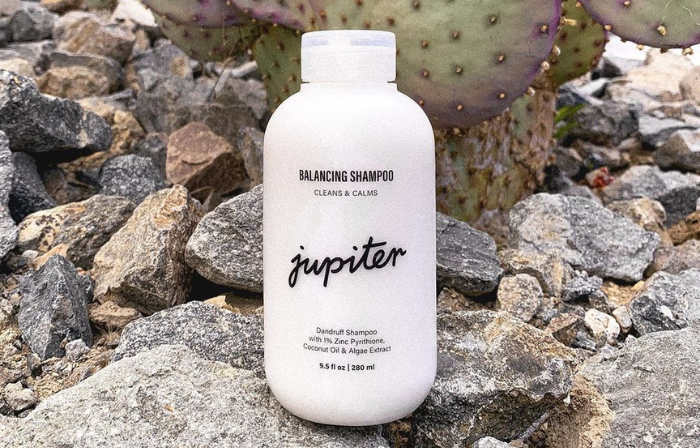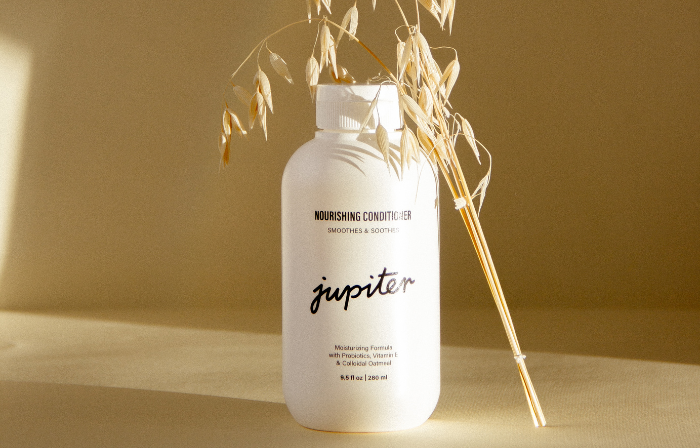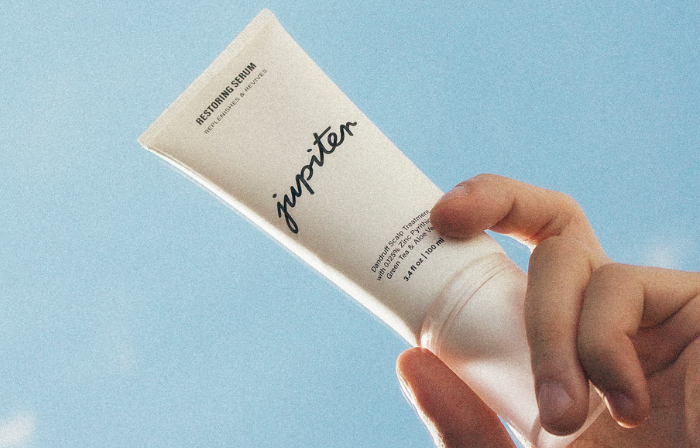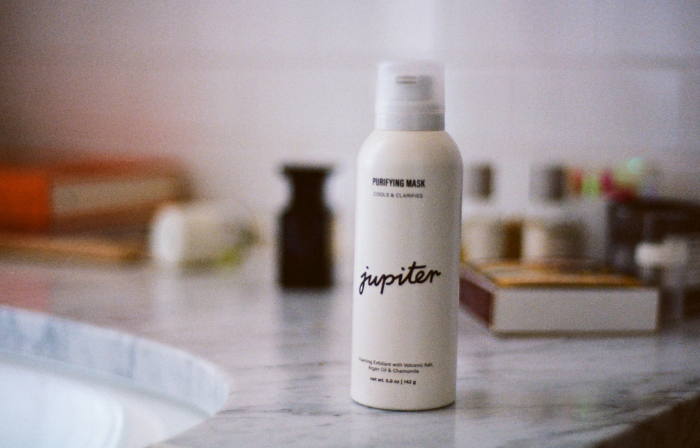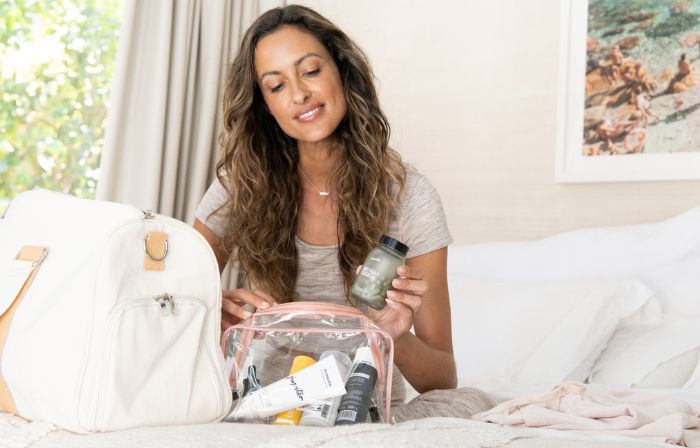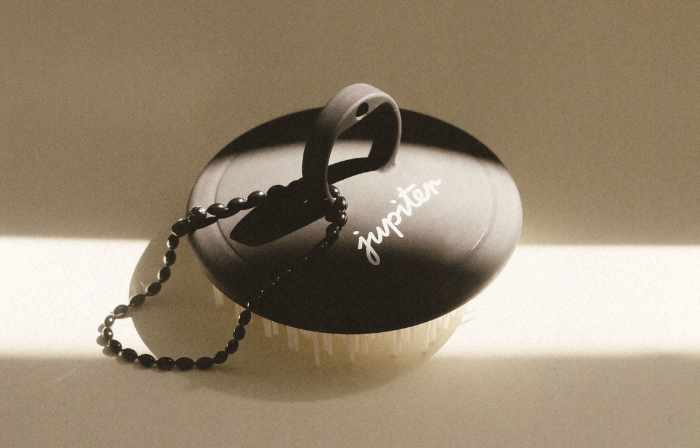Why Do I Have Eyebrow Dandruff? 3 Simple Ways To Mitigate
You’re not imagining it. Eyebrow dandruff is a real thing.
So what’s behind those pesky little flakes in your brows, on your cheeks, and maybe on your eyeglasses? What does it say about your health and hygiene? And how can you get rid of eyebrow dandruff for good?
Good news: there are simple steps you can take to reverse eyebrow dandruff and restore health to your (formerly) flaky eyebrows. In this article, we’ll show you how, so you never have to worry about those pesky little flakes again. Ready? Don’t blink.
Eyebrow Dandruff 101
Dandruff - the normal scalp variety - is incredibly common. It is the flaking that results from irritation of your scalp, this flaking and scalp irritation is often linked to seborrheic dermatitis, psoriasis, dry scalp, and other conditions.
The underlying cause of dandruff is an overgrowth of a yeast called Malassezia. This yeast, which grows all over your body and can inhabit your scalp, likes to feed on your skin’s oils. For unknown reasons, this irritates some people’s skin. Dead skin cells then slough off, and you can have both oil and flake problems.
Dandruff can show up anywhere from your scalp to your armpits, and yes - even your eyebrows.
Dandruff is far more common than you might think. Even infants and small children can have dandruff in the form of “cradle cap,” which is a chronic skin condition during infancy. After puberty, this condition often returns in the form of normal scalp dandruff. But dandruff, it turns out, can affect any part of your body that has hair - including your eyebrows.
Typically, eyebrow dandruff manifests in three ways:
Flaky, white-colored scales
Oily and irritable skin
Redness and inflamed skin rashes
Keep an eye on that dandruff. When the patches of skin covered with the white flakes just won’t let up, it can be a sign of yeast overgrowth in the body. Consult your doctor if the dandruff symptoms become worse or don’t respond to over the counter treatment.
So now that we’ve reviewed the basics, let’s dig a little deeper to better understand what the root causes of eyebrow dandruff are.
What Causes Eyebrow Dandruff?
To some extent, the jury is still out regarding the exact causes of eyebrow dandruff. However, there are a few preconditions that almost always predict the occurrence of seborrheic dermatitis.
Typically, a strain of fungus (which sounds worse than it is) known as Malassezia is the culprit behind eyebrow dandruff. This pesky fungus is contained in the oil that your skin naturally secretes when you sweat. However, this fungus, which is a strain of yeast, can accumulate on the skin and cause chronic inflammation.
What Conditions are Linked to Eyebrow Dandruff?
Dandruff is the flaking that results from irritation of the scalp. This can be linked to a range of different skin issues, including eczema, dry skin, and psoriasis. Think you might be affected by one of these conditions? Here’s some basic background info about each:
Eczema
This chronic inflammatory skin condition is usually identified by the red and irritated skin that it produces. If left untreated, eczema can lead to scaly skin, sebum buildup, and intense itchiness that just won’t go away. Although eczema is commonly found around the flexors of the arms and legs, it can also pop up around the eyebrows.
Dry Skin
If you’ve got eyebrow dandruff, the first thing you’ll notice is the dryness of your skin. Although we all experience dryness from time to time, chronic dry skin persists through the more humid months of the year.
Psoriasis
This common skin disease is often identified by irritated patches of scaly, oily skin. It is the result of an immune system that misfires and signals the body to shed skin at an accelerated rate. Facial psoriasis is a more serious condition that needs to be treated more urgently, and can cause flaking on your eyebrows.
Using just a bit of medicated shampoo on your eyebrows is a quick and highly effective way to treat eyebrow dandruff (just be careful not to get any in your eyes).
How Do You Treat Eyebrow Dandruff?
The good news is that you’re not defenseless in the fight against eyebrow dandruff. You can kick those annoying flakes to the curb by taking these three crucial steps:
For adults and adolescents, the main treatment options would be medicated anti-dandruff shampoo, creams, cleansers, and lotions. You can find these skin care and hair care products over the counter. Look for shampoos with active ingredients such as selenium sulfide, zinc pyrithione and ketoconazole.
You can also use antifungal gels, creams, lotions, and foams as an option along with your hair care products if dandruff symptoms are a bit stubborn. Antifungal medication can also come as a prescription strength in pill form. Just make sure to check with your healthcare provider about dermatology. They know what will work for you.
You can use the same haircare products and skincare products for your eyebrow dandruff treatment. Topical treatments such as ointments and creams can work for you as well.
1. Use Dandruff Shampoo
Using just a bit of medicated shampoo on your eyebrows is a quick and highly effective way to treat eyebrow dandruff (just be careful not to get any in your eyes). It’s important to note that dandruff cannot be cured - but it can be easily managed. Rinsing with a Zinc Pyrithione shampoo is the very best way to manage dandruff, with a huge amount of medical evidence supporting its safety and efficacy. At Jupiter, our Balancing Shampoo and Restoring Serum are made with Zinc Pyrithione and calming ingredients like aloe vera to soothe your scalp, and eyebrows (just lather up a small dab on the affected area and avoid getting it in your eyes).
2. Lower Your Stress
Stress affects virtually every aspect of your health - from your sleep and digestion to your mental clarity and exercise endurance. It’s no surprise, then, that dandruff has also been linked to stress. Bringing down your daily stress levels is a simple and safe home remedy to help address scalp issues. Of course, there’s no one best way to de-stress your life, it’s a holistic process that involves countless variables. But in the short term, meditation is one of the quickest and easiest tools for stress reduction. If you have trouble making time to meditate (most people do), try an app like Headspace that can help you build your daily wellness practice.
Exercise is also key. Try getting outside for a walk, or try that new exercise class you have been thinking about. If the gym isn’t for you, try a workout from home. There are many options and things that you can do to try and de-stress.
It’s also important to ,make sure you are choosing healthy food options and taking your dietary supplements. Your head and mind will thank you.
A healthy diet with enough zinc, biotin, vitamins, and minerals is great for your hair health. Certain fats like egg yolks, avocado, salmon, and walnuts are just a few foods that can help promote and maintain a healthy scalp and eyebrows.
3. Watch for Irritants
Contact dermatitis - i.e. when your skin becomes irritated by the presence of a foreign chemical - can trigger or worsen dandruff and flaky skin. That means your bath and beauty products may be a factor in your eyebrow dandruff. Consider everything you put on your face, including sunscreen, makeup, lotions, soap, face wash, shower gel, essential oils like tea tree oil, salicylic acid acne treatments, moisturizing lotions, and so on. Also beware of at-home remedies like apple cider vinegar that are note dermatologist-approved.If you suspect that one of these may be causing your flare-ups, try removing it from your daily routine.
Severe dandruff may cause you to scratch your scalp so hard that you can injure it. Repeated inflammation in the hair follicles can cause long term damage and possible hair loss.
Getting Rid of Eyebrow Dandruff For Good
Eyebrow dandruff can’t be cured, but it’s easy to manage and isn’t worth giving a flake about. Simple changes to your lifestyle and the right dermatologist-tested product can go a long way. Try our Balancing Shampoo and Restoring Serum - just a touch to the eyebrows should do the trick.
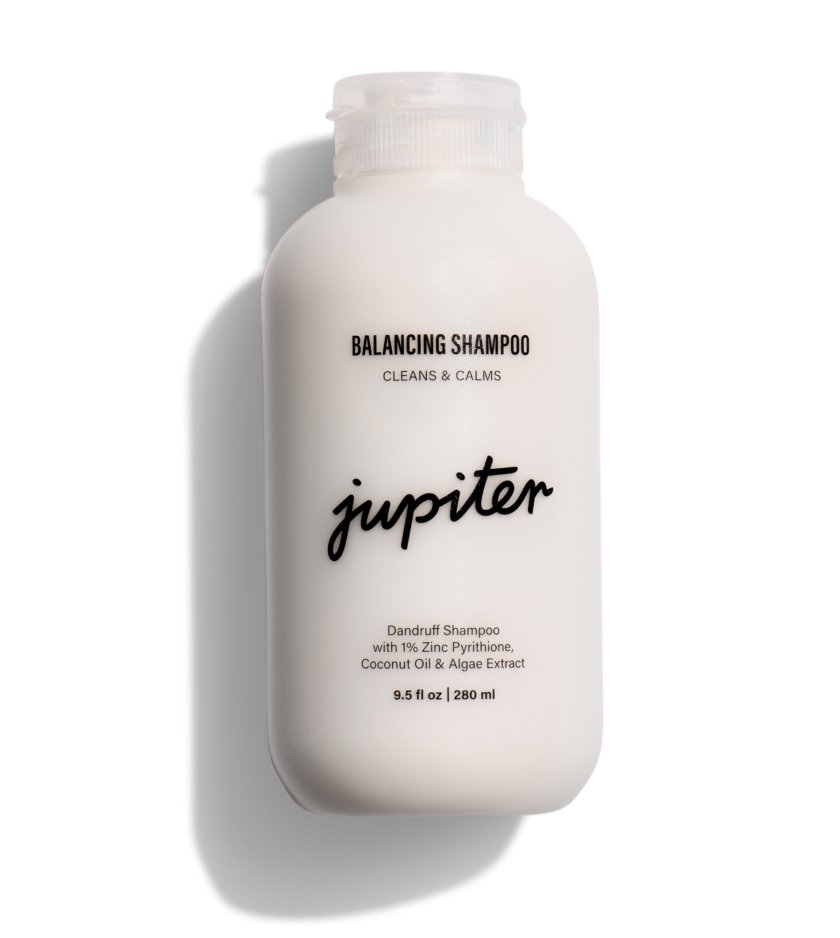
Meet our head honcho. This soothing multi-tasker gets to the root of flaking and irritation, thanks to our star active ingredient, Zinc Pyrithione. Backed by a lush aroma of mint, vanilla, rosemary, sage, tangerine, and lavender, it’s bound to elevate your mood, and your shower.
